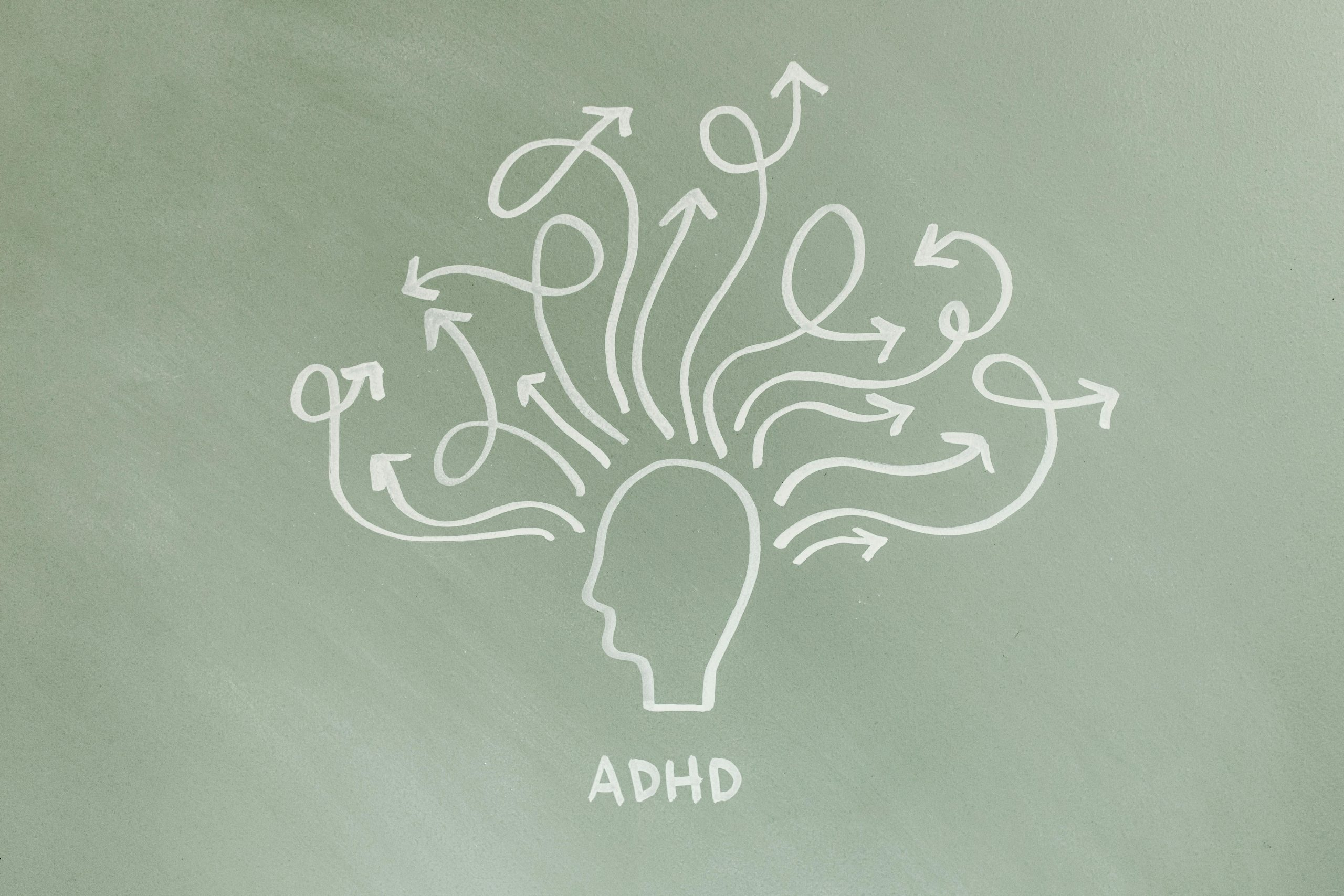Using Machine Learning to Identify and Support Struggling Students
As educators, one of our main goals is to ensure that all students have the opportunity to succeed. However, identifying and supporting struggling students can often be a challenge. That’s where machine learning comes in. By utilizing the power of technology, we can now analyze large amounts of data and identify patterns that could indicate a student is struggling. In this article, we will explore how machine learning is being used to identify and support struggling students, and how it can revolutionize the way we approach education.
The Power of Machine Learning
Before we dive into how machine learning can be used to support struggling students, it’s important to understand what it is and how it works. Machine learning is a subset of artificial intelligence that focuses on using algorithms and statistical models to analyze large amounts of data and make predictions or decisions without being explicitly programmed.
Traditionally, educators rely on their own observations and assessments to identify struggling students. While this can be effective, it also has limitations. Humans are limited in their ability to analyze large amounts of data and it can be time-consuming. On the other hand, machine learning algorithms can analyze millions of pieces of data in a matter of seconds and identify patterns that would be impossible for a human to detect. This gives us a more comprehensive and accurate understanding of student performance.
Identifying Struggling Students
The Role of Data
When it comes to identifying struggling students, data is key. Machine learning algorithms can analyze data from a variety of sources such as test scores, attendance records, behavior logs, and even social media activity. By looking at these different data points, machine learning algorithms can identify patterns and relationships that could indicate a student is struggling.
For example, the algorithm may notice that a student’s test scores have consistently been decreasing over time, or that they have a high number of absences in certain classes. These patterns may seem insignificant when looked at individually, but when analyzed together, they can paint a bigger picture of a student’s academic performance.
Personalized Interventions
Once a struggling student has been identified, the next step is to provide them with the support they need. This is where machine learning can personalize interventions to best suit the needs of each individual student.
For example, the algorithm may determine that a student is struggling in math. It can then analyze their past performance, along with data from other students who have also struggled in math. From this data, the algorithm can recommend specific interventions that have been proven to be effective for students with similar struggles. This allows educators to tailor their approach to each student’s individual needs, increasing the chances of success.
The Benefits of Using Machine Learning
Efficiency
One of the key benefits of using machine learning to identify and support struggling students is efficiency. As mentioned earlier, machine learning algorithms can analyze large amounts of data in a short amount of time. This frees up teachers’ time, allowing them to focus on developing more effective interventions and working with students on an individual level.
Accuracy
Another benefit is accuracy. By using data-driven models, we can have a more precise understanding of student performance. This reduces the chances of a student falling through the cracks or being misidentified as a struggling student.
Early Intervention
Early intervention is crucial when it comes to helping struggling students. With machine learning, we can identify patterns and trends in a student’s performance earlier on, allowing for interventions to be implemented sooner. This can prevent a struggling student from falling further behind and increase their chances of academic success.
The Future of Education
The potential for machine learning in education is endless. As the technology continues to evolve, we can expect to see even more innovative ways of using it to support student learning and success. From personalized learning programs to predictive analytics, machine learning has the potential to revolutionize the way we approach education and ensure that all students have the opportunity to reach their full potential.
Conclusion
In conclusion, using machine learning to identify and support struggling students is a game-changer for education. By harnessing the power of data and technology, we can provide more accurate and personalized interventions that can ultimately lead to improved student outcomes. As educators, it is important to stay informed and embrace new technologies like machine learning to best support our students and prepare them for the future.








